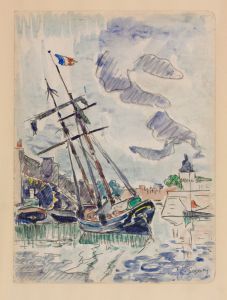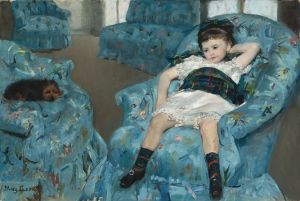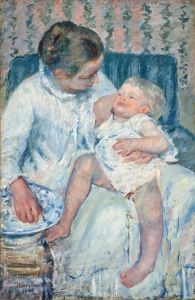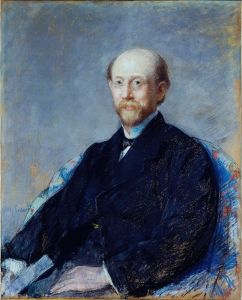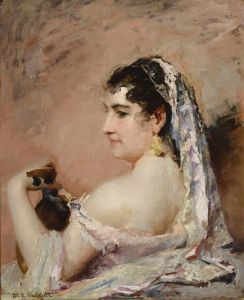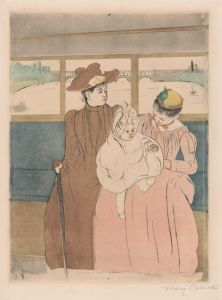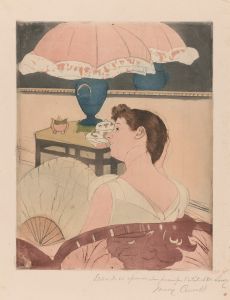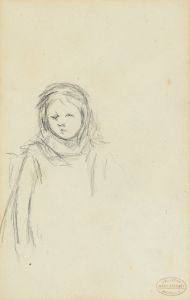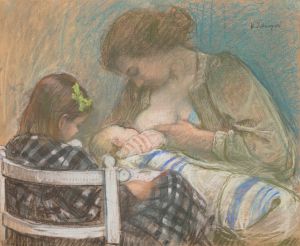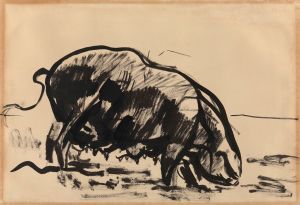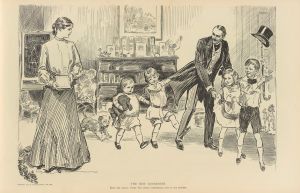
Etude pour ‘Le Bain’ ; Deux femmes et un enfant dans une barque
A hand-painted replica of Mary Cassatt’s masterpiece Etude pour ‘Le Bain’ ; Deux femmes et un enfant dans une barque, meticulously crafted by professional artists to capture the true essence of the original. Each piece is created with museum-quality canvas and rare mineral pigments, carefully painted by experienced artists with delicate brushstrokes and rich, layered colors to perfectly recreate the texture of the original artwork. Unlike machine-printed reproductions, this hand-painted version brings the painting to life, infused with the artist’s emotions and skill in every stroke. Whether for personal collection or home decoration, it instantly elevates the artistic atmosphere of any space.
Mary Cassatt, an American painter and printmaker, is renowned for her contributions to the Impressionist movement and her focus on the intimate lives of women and children. One of her lesser-known works, "Etude pour ‘Le Bain’ ; Deux femmes et un enfant dans une barque" (Study for 'The Bath'; Two Women and a Child in a Boat), exemplifies her interest in domestic scenes and her innovative approach to composition and color.
Cassatt was born in 1844 in Allegheny City, Pennsylvania, and spent much of her adult life in France, where she became closely associated with the Impressionists. Her work often depicted the private and social lives of women, with a particular emphasis on the bond between mothers and children. This thematic focus is evident in "Etude pour ‘Le Bain’," where the interaction between the figures is central to the composition.
The painting is a study, suggesting that it was a preparatory work for a larger or more finished piece. Studies were commonly used by artists to experiment with composition, form, and color before committing to a final version. In this work, Cassatt explores the dynamic between two women and a child, set against the backdrop of a boat. The setting is intimate, capturing a moment of leisure and connection, which is a recurring theme in Cassatt's oeuvre.
Cassatt's technique in this study reflects her Impressionist influences, characterized by loose brushwork and a focus on the effects of light. Her palette often included soft, pastel colors, which she used to convey the warmth and tenderness of her subjects. The choice of a boating scene may have been inspired by the popular leisure activities of the time, as well as by the works of her contemporaries, such as Claude Monet and Pierre-Auguste Renoir, who also depicted similar themes.
The composition of "Etude pour ‘Le Bain’" is notable for its balance and harmony. Cassatt often employed unconventional perspectives and cropping in her works, influenced by Japanese prints, which were popular among the Impressionists. This study likely reflects her interest in capturing spontaneous, candid moments, a hallmark of her style.
While specific details about the creation and exhibition history of "Etude pour ‘Le Bain’" are limited, it is consistent with Cassatt's broader body of work, which sought to elevate the everyday experiences of women and children to the realm of fine art. Her ability to convey emotion and intimacy through her depictions of domestic life has earned her a lasting place in art history.
Mary Cassatt's contributions to the Impressionist movement and her focus on the lives of women and children continue to be celebrated today. Her works are housed in major museums worldwide, and she remains an influential figure in the history of art, particularly for her role in expanding the representation of women in the arts.






